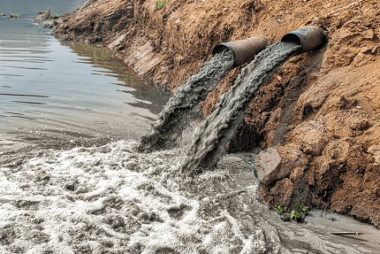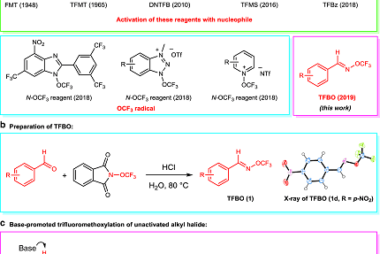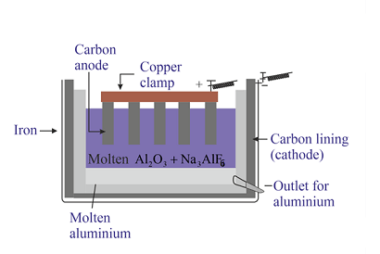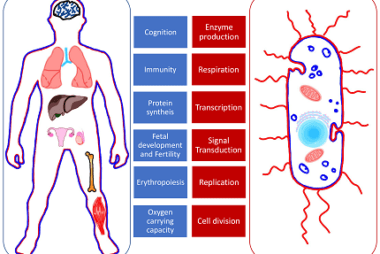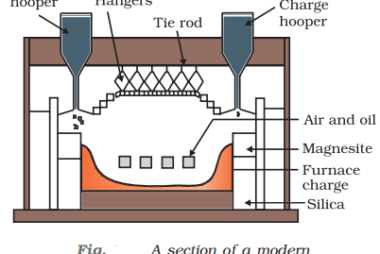Water pollution
Water pollution refers to the contamination of water bodies such as lakes, rivers, oceans, and groundwater by human activities. It occurs when harmful substances such as chemicals, waste materials, and other pollutants are discharged into bodies of water without proper treatment or disposal. Water pollution can have significant impacts on the environment, human health, and…
